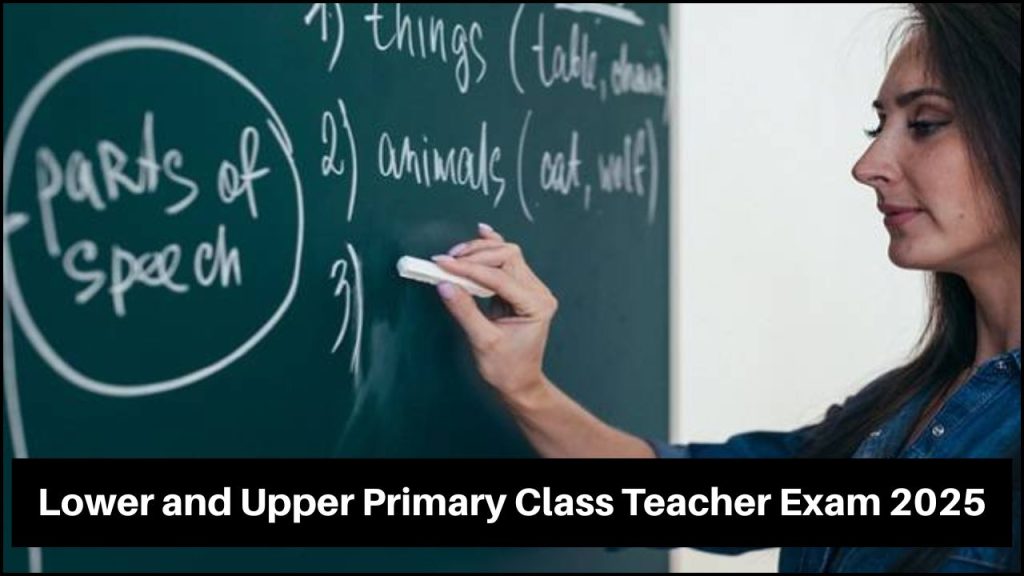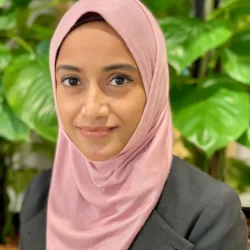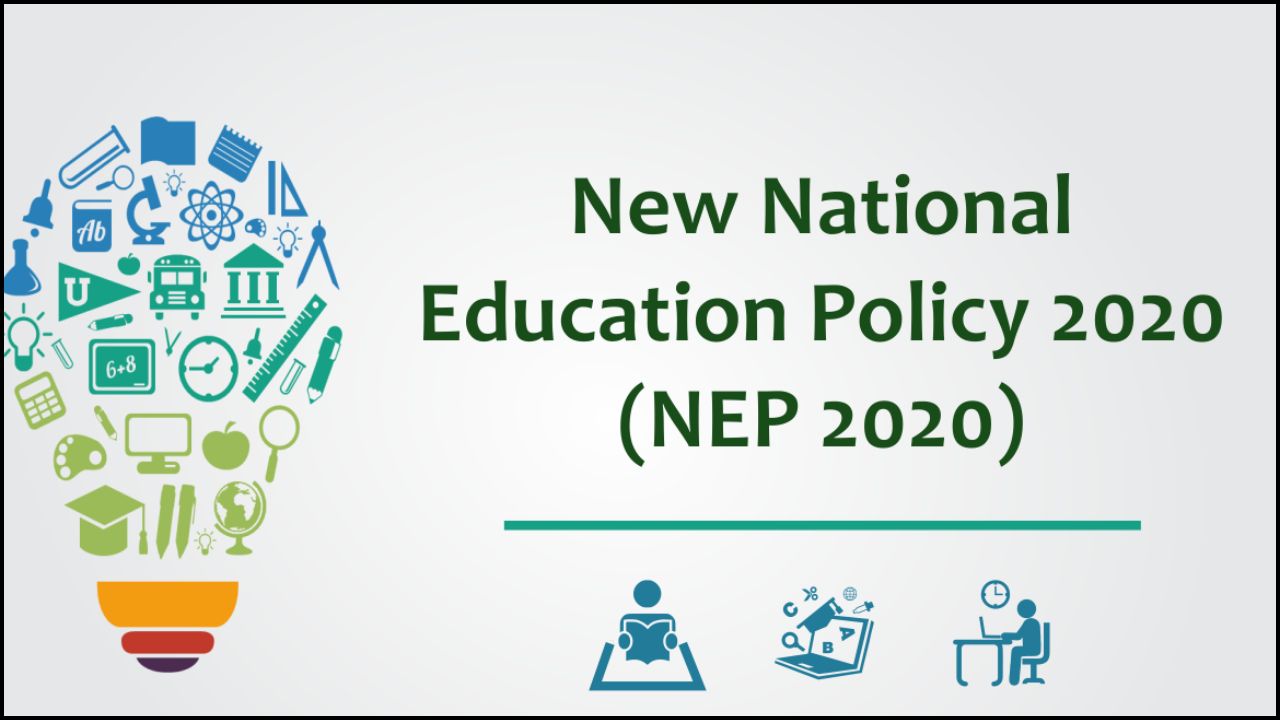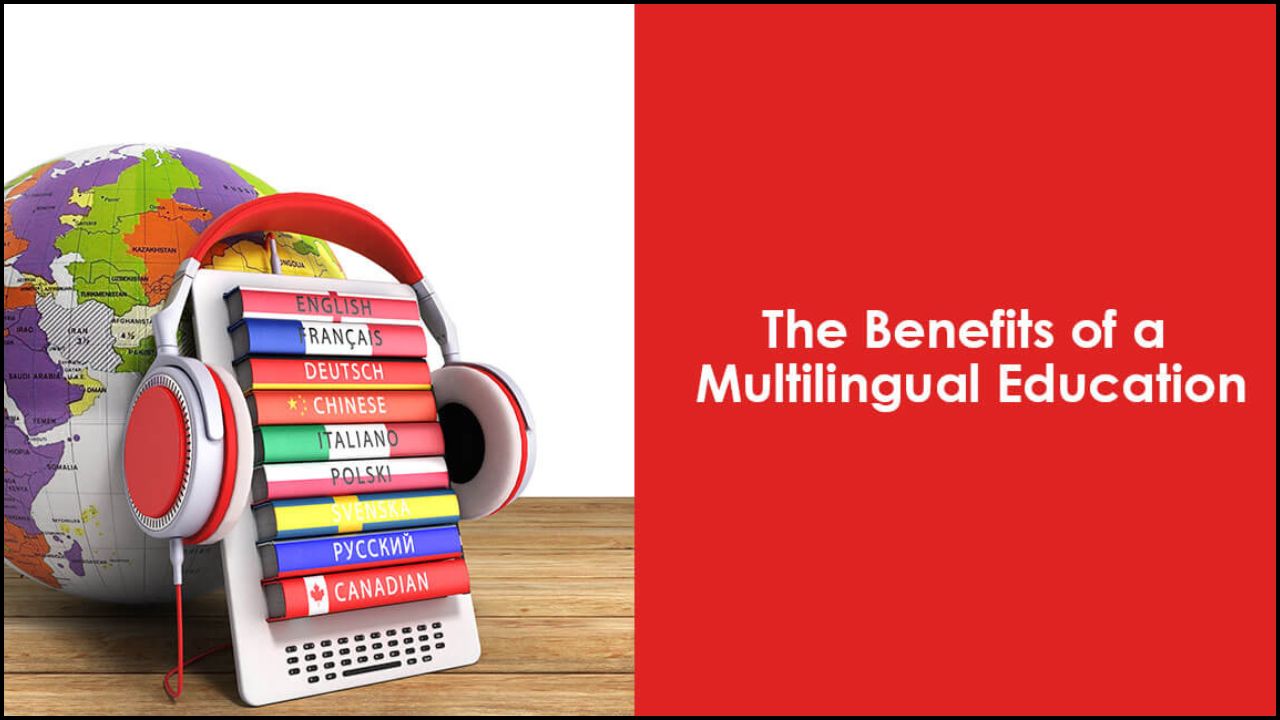
The Lower and Upper Primary Class Teacher Exam 2025 is an important test for individuals who wish to become government teachers in primary schools. The exam helps to select qualified and skilled teachers who can teach students from Class 1 to Class 8. The exam is usually conducted by state education boards or the teacher recruitment commissions. This article explains the key details about the exam, including eligibility, syllabus, pattern, and preparation tips.
Table of Contents
Eligibility Criteria
Candidates must meet certain eligibility conditions before applying for the exam. These include educational qualifications and age limits.
| Category | Lower Primary (Class 1–5) | Upper Primary (Class 6–8) |
|---|---|---|
| Education | Senior Secondary + 2-year D.El.Ed or equivalent | Graduation + 2-year D.El.Ed or B.Ed |
| Alternative Option | B.El.Ed (4 years) or Diploma in Special Education | B.El.Ed or B.A/B.Sc. Ed or B.A.Ed./B.Sc.Ed |
| Minimum Marks | At least 50% in qualifying exams (relaxation for reserved categories) | Same as Lower Primary |
| Age Limit | 18 to 35 years (varies by state) | 18 to 35 years (relaxation for SC/ST/OBC/PH) |
| Nationality | Indian Citizen | Indian Citizen |
Application Process
Applicants need to follow a few steps to apply for the exam correctly.
- Visit the official website of the state or central teacher recruitment board.
- Register with basic personal information like name, mobile number, and email.
- Fill in the online form with educational and contact details.
- Upload scanned documents like photos, signatures, and certificates.
- Pay the application fee using a debit/credit card or online banking.
- Download the confirmation page for future reference.
Application Fee
The fee amount usually varies by category and the recruiting authority.
| Category | Fee for One Paper | Fee for Both Papers |
|---|---|---|
| General/OBC | ₹500 | ₹800 |
| SC/ST/PWD | ₹250 | ₹400 |
| Female (varies) | Sometimes fee-exempt | Depends on the state |
Exam Pattern
The structure of the exam includes two separate papers:
- Paper I is for Lower Primary Teachers (Class 1–5).
- Paper II is for Upper Primary Teachers (Class 6–8).
Each paper includes 150 multiple-choice questions, each carrying 1 mark. There is no negative marking.
Paper I (Lower Primary)
| Section | No. of Questions | Marks |
|---|---|---|
| Child Development & Pedagogy | 30 | 30 |
| Language I (regional) | 30 | 30 |
| Language II (English/Hindi) | 30 | 30 |
| Mathematics | 30 | 30 |
| Environmental Studies | 30 | 30 |
| Total | 150 | 150 |
Paper II (Upper Primary)
| Section | No. of Questions | Marks |
|---|---|---|
| Child Development & Pedagogy | 30 | 30 |
| Language I (regional) | 30 | 30 |
| Language II (English/Hindi) | 30 | 30 |
| Mathematics & Science (for Science teachers) or Social Science (for Social teachers) | 60 | 60 |
| Total | 150 | 150 |
Syllabus Overview
Topics are based on NCERT books and teaching methodology. The syllabus varies slightly for each state, but the core content remains the same.
- Child Development and Pedagogy
- Child growth stages
- Inclusive education
- Teaching and learning methods
- Language I & II
- Reading comprehension
- Grammar and vocabulary
- Teaching strategies for languages
- Mathematics
- Basic operations
- Geometry, time, and measurement
- Problem-solving methods
- Environmental Studies
- Human body, food, water, and shelter
- Natural resources
- Environmental protection
- Science
- Physics, Chemistry, Biology basics
- Scientific reasoning
- Every day science applications
- Social Science
- History, Geography, Civics
- Indian Constitution and culture
- Social justice and democracy
Admit Card and Exam Day Instructions
Admit cards are released a few weeks before the exam.
- Download the admit card from the official website.
- Check the exam center, reporting time, and personal details.
- Bring a printed admit card and valid ID proof on exam day.
- Follow COVID-19 safety rules if required.
- Electronic items like calculators or mobile phones are not allowed.
Result and Selection Process
Results are declared online. Candidates can check their scores using their roll number or registration ID.
- Scorecards mention subject-wise and total marks.
- A minimum of 60% marks is required to pass (varies for SC/ST/OBC).
- Passed candidates receive an eligibility certificate.
- The certificate is valid for 7 years (may vary by state).
- Final selection depends on interviews, document verification, and the availability of posts.
Preparation Tips
Effective preparation can increase your chances of success.
- Make a daily study timetable and follow it consistently.
- Use NCERT books for conceptual clarity.
- Practice previous year papers and mock tests.
- Focus on weak subjects and improve them gradually.
- Join coaching or online classes if needed for guidance.
- Revise important topics regularly.
Books and Study Materials
Recommended books help in understanding the syllabus better.
| Subject | Recommended Book |
|---|---|
| Child Development | Disha or Arihant’s Guide for CTET |
| Language I & II | Pearson’s English & Hindi Language Guide |
| Mathematics | NCERT Class 1–8 + Quantitative Aptitude by R.S. Aggarwal |
| Environmental Studies | Lucent GK + NCERT EVS books |
| Science | NCERT Class 6–10 Science |
| Social Science | NCERT Class 6–10 SST + Arihant Guide |
State-wise Exam Conducting Authorities
Different states conduct their teacher eligibility exams.
| State | Exam Name |
|---|---|
| Assam | Assam TET |
| Uttar Pradesh | UPTET |
| Maharashtra | MAHA TET |
| West Bengal | WB TET |
| Tamil Nadu | TNTET |
| Karnataka | KARTET |
| Central Government | CTET |
Career After Qualifying
Qualified teachers can apply for permanent or contractual teaching jobs in government and aided schools.
- Appointments are based on merit, interviews, and document checks.
- Promotions may include Head Teacher or academic coordinator posts.
- Additional qualifications can lead to roles in educational administration.
Final Thoughts
The Lower and Upper Primary Class Teacher Exam 2025 opens doors for passionate individuals to become part of the government education system. Proper preparation, dedication, and an understanding of the syllabus can help in achieving success. The exam ensures that children in schools receive guidance from knowledgeable and trained teachers, helping to build a stronger educational foundation for the future.





